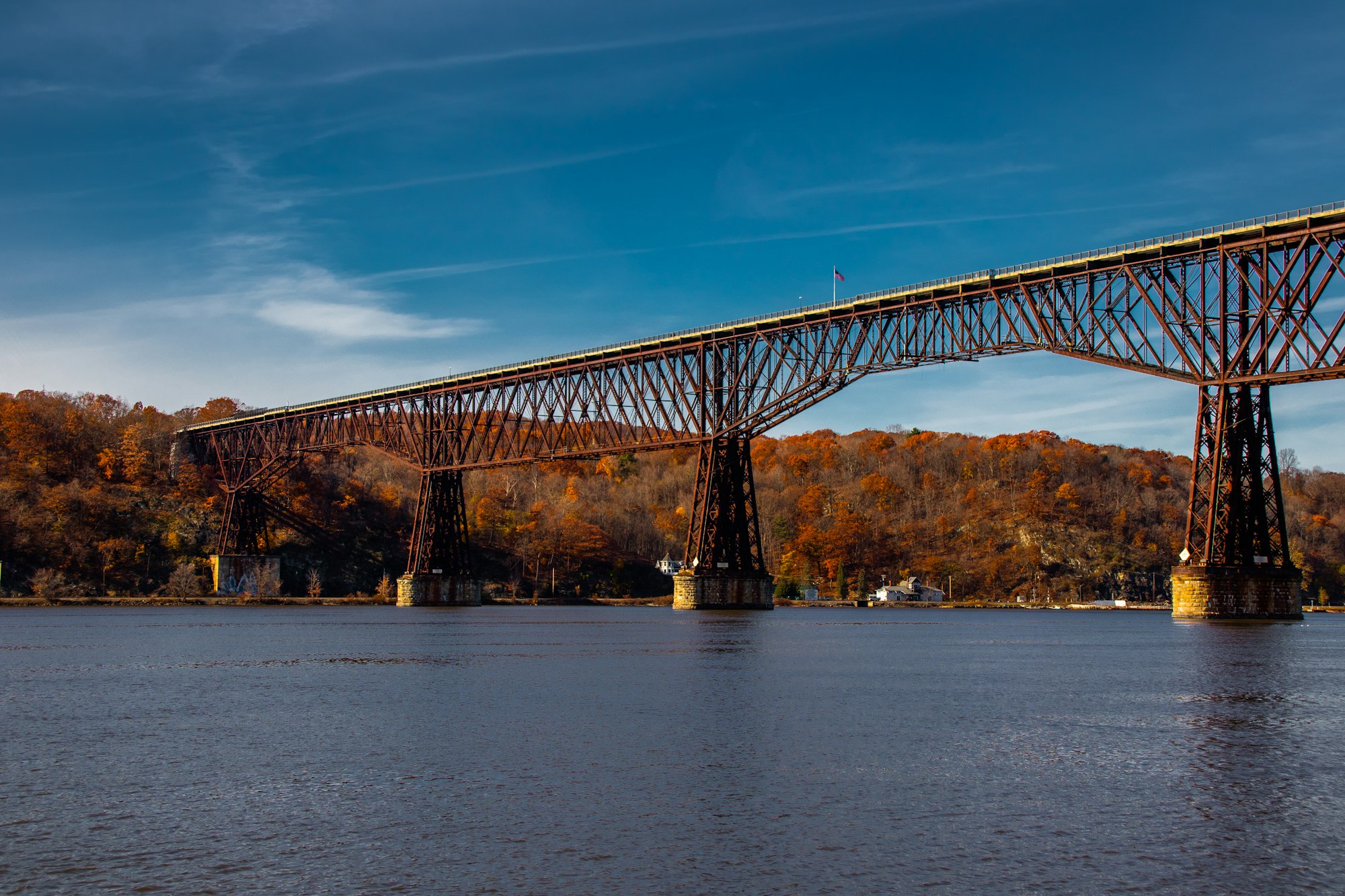There are two possible meanings to “software with a sense of place:”
- Software that feels like a physical location. The best example of this would be a social video game, like World of Warcraft or Final Fantasy XIV, which immerses the player into a constructed world.
- Software that feels rooted in the place where it was made.
This second meaning is the one I intended.
In the culinary world, “terroir” is the idea that things taste like the place in which they were produced. Wine from France tastes different than wine from California; cheese made in one place doesn’t taste like cheese made in another place.
There are cultural reasons for this, but there are physical reasons too. The nutrient composition of the soil in which grapes are grown, or the bacteria and fungi floating around in the air where cheese is produced, directly impact the flavor.
What I’m particularly interested in exploring is whether we can invest software with this same principle. What would it mean to have an app that felt truly rooted in the place where it was made.
There are blunt versions of this — famously, Japanese web design tends to look very different from almost anywhere else. But in general, everything on the internet tends to move towards the same aesthetic mean.
I can think of several reasons why this might be true:
- The medium itself nudges software in the same aesthetic direction. (”The medium” in this case being pixels, code, screens, the internet, or some combination of all those).
- Since software itself is a recent invention, it developed in a more globalized world than many other media. Perhaps this gives it a tendency towards a more homogeneous design.
- Copycat design, or even just designers being influenced by other designers, leads to convergence on a common design language.
- This could also be a case of companies wanting to be similar to companies they admire or view as successful.
- This is supported by the emergence of certain design trends — after Stripe becomes well-known for good design, lots companies suddenly have websites that look like Stripe’s; after Linear becomes popular, lots of companies suddenly have websites that look like Linear’s; etc.
- A disproportionate amount of software comes from the same handful of places, so a disproportionate amount of software has that same “Bay Area style.” As new software begins to emulate existing software, or new designers emulate experienced designers, this becomes the “house style” of the web.
I should be clear that I don’t think a generic, homogeneous design language is necessarily a bad thing, or that ”software with a sense of place” is necessarily a good thing.
That is, I don’t think there’s a moral requirement that software should reflect the place that it’s made. A company that makes enterprise software for Fortune 500s worldwide probably doesn’t want to look too specific to a particular region.
However, I think that we lose something if everything we consume online is divorced from a sense of place. Our content is becoming more general — just try to find a local newspaper that’s really thriving — and the buckets in which that content is distributed is becoming more general too. (How many local newspapers are just re-skinned versions of USA Today?)
As I develop my own side project, which is designed specifically for people in the Hudson Valley, I‘m thinking more and more about what it would mean for it to truly be a Hudson Valley website. Bits aren’t influenced by their environment of origin the way that atoms are. How can I imbue ConnectHV with a deep, authentic sense of rootedness?
What even is “a sense of place?”
More on that next time.
